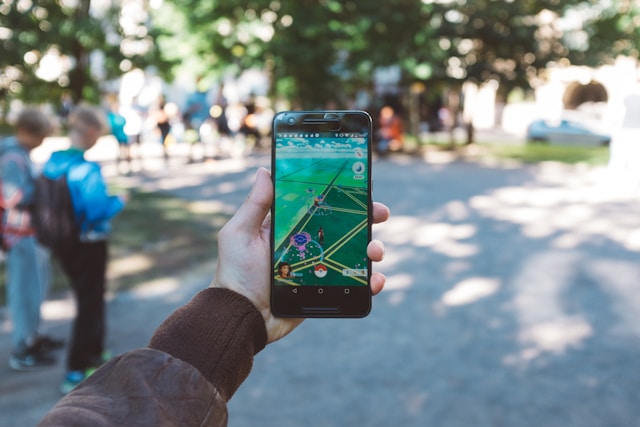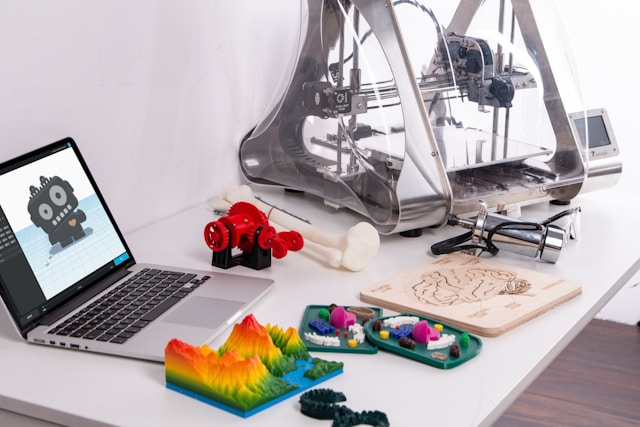The Future of Multimedia in Virtual and Augmented Reality

The destiny of multimedia in digital and augmented fact (VR/AR) holds colossal potential to revolutionize how we eat and interact with digital content. Here are a few key areas wherein multimedia is shaping the future of VR/AR stories.
The Future of Multimedia in Virtual and Augmented Reality
1. Immersive Storytelling
To begin with, VR and AR provide a brand new canvas for immersive storytelling, allowing creators to transport users into completely interactive and engaging virtual worlds. Multimedia elements including 3-D snapshots, spatial audio, haptic remarks, casino en ligne and practical simulations enhance the narrative, providing customers with captivating and sensible experiences.
2. Enhanced Visuals
Advancements in picture rendering technology and hardware capabilities are pushing the limits of visible best in VR and AR. Additionally, high-decision displays and advanced pics processing power permit real-looking visuals, sensible lights, and special environments, improving the experience of presence within virtual worlds.
3. Interactive 3D Models
In VR/AR, multimedia allows users to interact with three-D models and items. Users can manipulate and observe virtual prototypes, explore architectural designs, or interact with digital objects, improving knowledge and engagement for academic, educational, and visualization purposes.

4. Mixed Reality
The merging of digital and real-global factors in blended-reality reports further complements multimedia abilities. Users can engage with virtual objects overlaid within the actual global, developing a seamless mixture of virtual content material and the physical surroundings. This presents unique opportunities for gaming, training, and business applications.
5. Social Interactions
Multimedia in VR/AR fosters social connections by enabling users to engage with each other in virtual spaces. Collaborative studies, which include multiplayer video games and digital meetings, enhance communication and interplay, creating an experience of presence and shared reviews amongst users.

6. Simulations and Training
VR/AR offers realistic simulations for schooling and skill improvement across diverse industries. Multimedia factors like sensible physics, interactive scenarios, and actual-time remarks allow immersive education environments for medical strategies, industrial operations, and emergency reaction training.
7. Data Visualization
VR/AR can remodel how facts are supplied and understood. Visualizing complex datasets in three-D immersive environments permits better comprehension, pattern reputation, and statistics exploration. Users can dive into massive datasets, manipulate visualizations, and benefit from deeper insights more intuitively.
The destiny of multimedia in VR/AR also depends on improvements in hardware, processing power, and user interfaces. Areas inclusive of foveated rendering, eye and gesture tracking, and advanced input gadgets will in addition decorate the realism and interactivity of VR/AR reviews.
As technology keeps adapting, the combination of multimedia in VR/AR holds the high-quality capability to reshape enjoyment, education, verbal exchange, and numerous industries, presenting reports which might be extra immersive, informative, and interactive than ever.